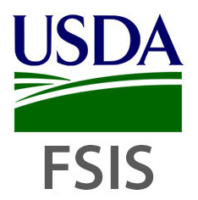The European Food Safety Authority (EFSA), along with the European Center for Disease Prevention and Control (ECDC) released findings from an annual report on foodborne outbreaks in the European Union (EU). The main finding was that human cases of listeriosis and campylobacteriosis rose in 2014 while cases of salmonellosis increased for the first time since 2008.
“It is worrying that Campylobacter and Listeria infections are still rising in the European Union. This situation highlights the importance of enhancing listeriosis surveillance through molecular typing, work currently developed by ECDC and EFSA, and strengthening the Campylobacter control measures at EU level,” says Mike Catchpole, ECDC chief scientist.
Highlights from the report include:
Listeriosis
- Infections reported in humans increased by 16 percent vs. 2013
- The number of cases is relatively low (2,161), but experts are focusing on the most severe forms of the disease--those that have higher death rates than other foodborne diseases.
- Listeria monocytogenes rarely exceeded the safety limits in ready-to-eat foods.
Campylobacteriosis
- Remains the most commonly reported foodborne disease in the EU. This has been the case since 2005.
- The number of reported cases in 2014 was 236,851--a 10 percent increase over 2013.
- The rise in cases is partly explained by improvements in surveillance and better forms of diagnosis. Mostly found in chicken meat.
Salmonellosis
- There was a slight increase in cases in 2014--the first uptick since 2008.
- The change is partly due to changes in the number of EU Member States reporting.
- In the seven-year period from 2008 to 2014, Salmonellosis has decreased 44 percent, mainly due to successful Salmonella control programs.
The EFSA-ECDC report covers 14 zoonoses and foodborne outbreaks. It is based on data collected by 32 European countries (28 Member States and four non-Member States) and helps the European Commission and EU Member States to monitor, control and prevent zoonotic diseases.
Sign up for Food Safety Magazine’s bi-weekly emails!




